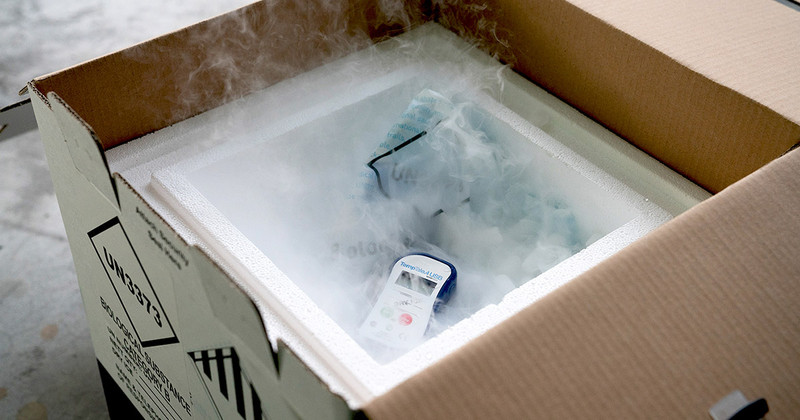Posted by Mike Cunningham on Jun 30th 2025
How to Ship Refrigerated Products
Coordinate with the shipping company. Ensure that you thoroughly consider when the package will arrive before packaging your products for shipment. A good practice to prevent temperature fluctuations is to keep packages in a refrigerated environment before shipping.
Be aware of the temperatures your shipment will encounter during transit. The internet can be used to monitor national and global temperatures. It’s good to look for anomalies in weather so you will not be surprised by unseasonable weather. Keep in mind that temperatures differ substantially depending on the time of year and shipping location. The best companies available monitor the weather daily.
Inform the recipient of the delivery time. Ahead of shipment, make sure that the recipient will be available to accept and store the goods in a refrigerated environment or otherwise accept and use them. Provide accurate delivery times so they can plan to be available. If the recipient cannot be available when the products are delivered, extra protection should be provided using foam or fiber insulators to ensure maintained product quality.
Use the right insulated packaging. When packaging your products, it is important to carefully consider your use of box liners and gel packs. The required combination of materials will depend on the type of refrigerated products you are shipping, the weather, the desired temperature to be maintained, the transit time and the mass of goods to be protected.
Line your container with insulation material. For the best results, secure your products gently inside a thermally protected box or pallet. Make sure the insulated box or pallet is lined with the proper form of thermal protection: foil, foam, bubble wrap, etc. A standard box or pallet without a liner is not sufficient for retaining product quality during shipment.
Use ‘sweat-proof’ cold packs to minimize condensation (in cases when your product must arrive dry).
If you are concerned about condensation ‘sweating’ onto your products, we provide sweat-proof ice packs. These refrigerant gel packs can be placed directly against your refrigerated products since their surface temperature is not as cold as conventional plastic gel packs. The best results are achieved by placing the cold packs around your product. Some trial and error can help you to identify the optimal methods. Helpful hint: keep in mind that your products and refrigerants may shift during transport, and this can greatly affect the performance of the entire system. Using proper dunnage helps to prevent any unwanted movement.
Keeping products secure. Your insulated box or pallet should be able to withstand the forces of loading and unloading during transportation. Movement and friction within the box during transportation can cause damage to your product, thus risking a loss of quality. Once the refrigerant gel packs have been placed around your product, you may still have space to fill. To keep your products tight and secure during transportation.
Close and ship. Close and seal off the top of your insulated box or pallet. For maximum thermal protection of bulk shipments, we recommend using insulated pallet covers.
If you need more help on helping your shipments stay cool or frozen reach out to sales@quickpakinc.com or call us at 813 242 6995.

